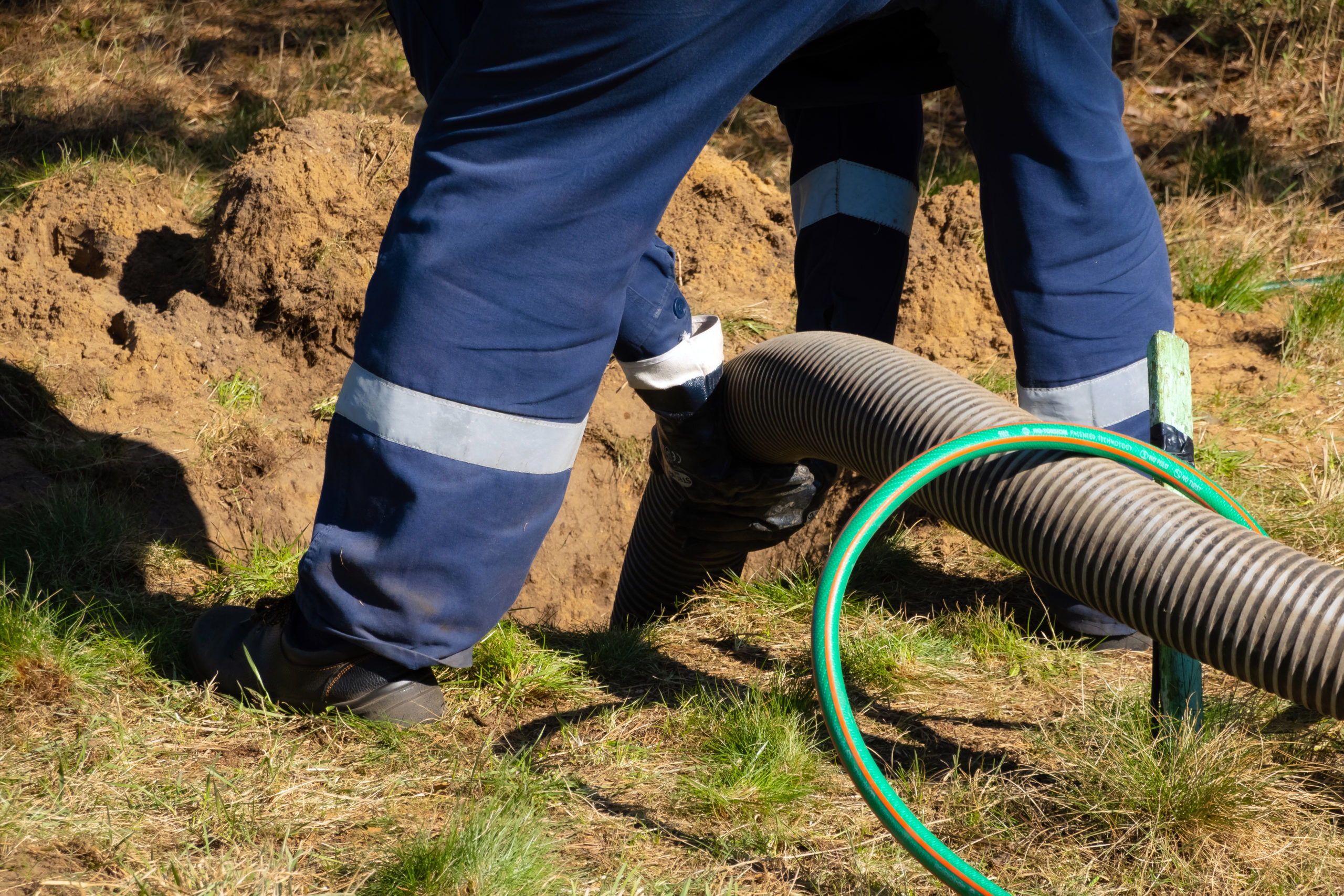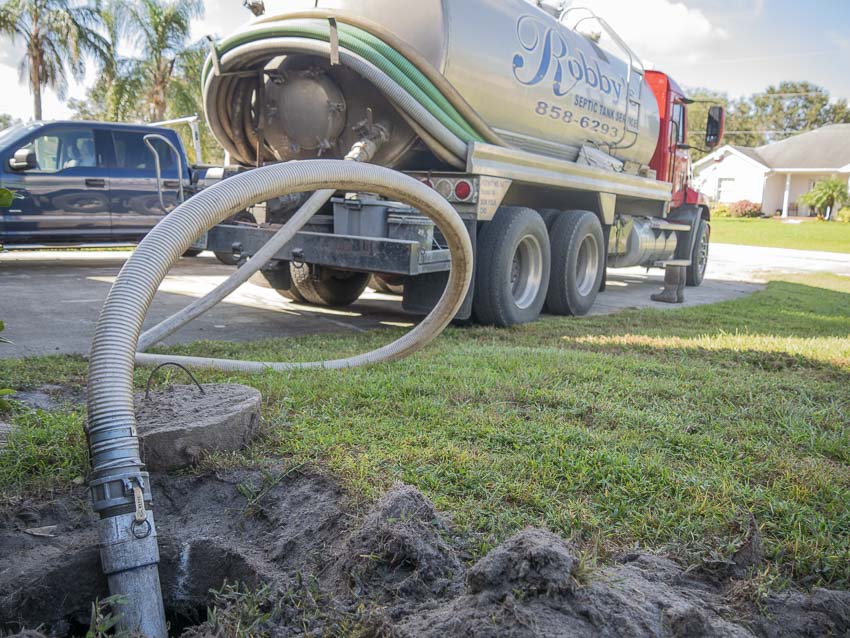Stillwell Septic And Grading Fundamentals Explained
Stillwell Septic And Grading Fundamentals Explained
Blog Article
The Only Guide for Stillwell Septic And Grading
Table of ContentsThe smart Trick of Stillwell Septic And Grading That Nobody is DiscussingFacts About Stillwell Septic And Grading RevealedHow Stillwell Septic And Grading can Save You Time, Stress, and Money.The Greatest Guide To Stillwell Septic And GradingStillwell Septic And Grading Fundamentals ExplainedThe Single Strategy To Use For Stillwell Septic And GradingThe Ultimate Guide To Stillwell Septic And Grading
Generally, sewage-disposal tank setup is an intricate process that calls for mindful planning and implementation. Home owners should work with a trusted installment group and know neighborhood regulations and demands to guarantee that their septic system functions appropriately for many years to find. After the septic container has been mounted and connected to the drainpipe field, it is time to backfill the location.The backfill material need to be devoid of clods, huge rocks, icy matter, and debris that can result in voids in the backfill that may enable resolving in time. Squashed rock or pea crushed rock 1/2-inch in diameter is chosen if indigenous materials are not suitable. When the backfilling is full, it is time to landscape the area.
As soon as the septic tank has actually been set up, it is vital to evaluate it to make certain that it is functioning appropriately (Septic Tank Pumping). https://allmyfaves.com/stillwellsag?tab=Stillwell%20Septic%20and%20Grading. Testing the system entails examining for leakages, guaranteeing that the container goes to the appropriate level, and taking a look at the drain area. Among one of the most typical examinations carried out is the hydraulic load test
Indicators on Stillwell Septic And Grading You Need To Know
The water is after that monitored to guarantee that it streams appropriately via the pipes and right into the drain field. If the water does not flow properly or supports right into the container, it might show a problem with the system. An additional examination that is frequently carried out is the dye examination.
The dye is after that kept an eye on to make sure that it moves properly through the pipes and right into the drain area. If the color does not stream correctly or shows up in the wrong place, it might indicate an issue with the system. It is important to have a professional execute these tests to ensure that they are done appropriately.

All about Stillwell Septic And Grading
Below are some important ideas for home owners to preserve their septic tank: The ordinary home septic system need to be inspected at the very least every three years by a septic service expert. The frequency of pumping depends on the size of the storage tank and the number of people utilizing it. http://peterjackson.mee.nu/do_you_ever_have_a_dream#c1997. A general policy of thumb is to pump the container every three to five years
Making use of water-efficient fixtures and appliances, such as low-flow showerheads and toilets, can decrease water use and aid the septic system work much more efficiently. Only flush bathroom tissue and human waste down the commode. Avoid purging anything else, consisting of womanly health items, baby wipes, and food preparation grease, as they can clog the system.
About Stillwell Septic And Grading
Septic system installation is an intricate procedure that calls for mindful planning and implementation. Homeowners need to know the required actions look at this website associated with the installation procedure to ensure that their septic tank operates effectively and effectively. The initial step is to examine the site where the septic tank will certainly be mounted.
Once the website has actually been evaluated, the next step is to prepare for the installment. Home owners have to make sure that their contractor is experienced in septic container installation and will work alongside them throughout the process.
See This Report about Stillwell Septic And Grading

Home owners must know the necessary steps associated with the setup process to ensure that their septic tank functions correctly and effectively. By complying with these steps and maintaining their system, house owners can rest assured that their septic system will give reliable wastewater treatment for several years to find.
Virtually one in 5 united state homes have septic tanks. Yours may be among them. If you're not correctly keeping your septic system, you're not only injuring the environment, you're putting your family members's health and wellness at riskand may be flushing hundreds of dollars down the drainpipe! Do Your Component, Be SepticSmart: The Do's and Do n'ts of Your Septic tank.
Getting My Stillwell Septic And Grading To Work

All that additional water can truly stress your septic system. This can be useful specifically if your system has not been pumped in a lengthy time.
The Buzz on Stillwell Septic And Grading
Know your system's place. When you have the storage tank pumped, attract a diagram or map revealing its place in relationship to taken care of points - corners of the home, actions, or fence blog posts.
Decrease the amount of wastewater that should be dealt with and disposed of by your system: Laundry no more than one or two tons of clothes daily. Up to 53 gallons of water flooding your septic system with each load, so it's best to spread washing out over the week.
Report this page